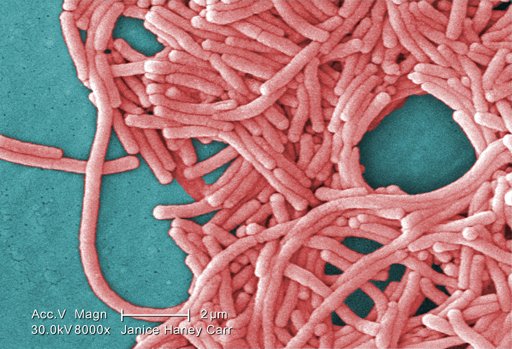Cases of Legionnaires’ disease have tripled in the last decade, U.S. health officials said Thursday, but the risk of dying from it is lower because of more effective treatment.
Legionnaires most often strikes the elderly and can cause deadly pneumonia. The germ spreads through mist or vapor from contaminated water or air conditioning systems.
The Centers for Disease Control and Prevention reports 3,522 cases in 2009, the most since Legionnaires was first identified in 1976. There were only 1,110 cases in 2000. CDC officials think the increase may be partly because there are more old people.
To be sure, Legionnaires remains uncommon. Just 8 percent of its victims died in the last decade, compared to 20 percent in the 1980s and 1990s. But it still kills hundreds of Americans each year. Despite the low case count, experts believe the disease sickens and even hospitalizes thousands every year whose cases aren’t reported.
The increase in cases is worrisome, said study co-author Dr. Lee Hampton, a CDC epidemiologist. “We need to minimize the risk of people dying from this,” he said.
The disease got its name from an outbreak at a Philadelphia convention of the American Legion in 1976 when more than 200 people were sickened and 34 died. The outbreak drew intense media coverage, and months later health investigators fingered the bacterial cause. The germ apparently had spread through the convention hotel’s air-conditioning system.
Early signs of the disease can include high fever, chills and a cough. Fortunately, some of the drugs most commonly used against pneumonia are first-line treatments against Legionnaires.
Cases of the disease held relatively steady in the 1980s-90s, but rose since 2000.
The CDC relies on doctors, hospitals and state health departments to report cases when they occur, and agency officials believe the national case count is an underestimate.
___

